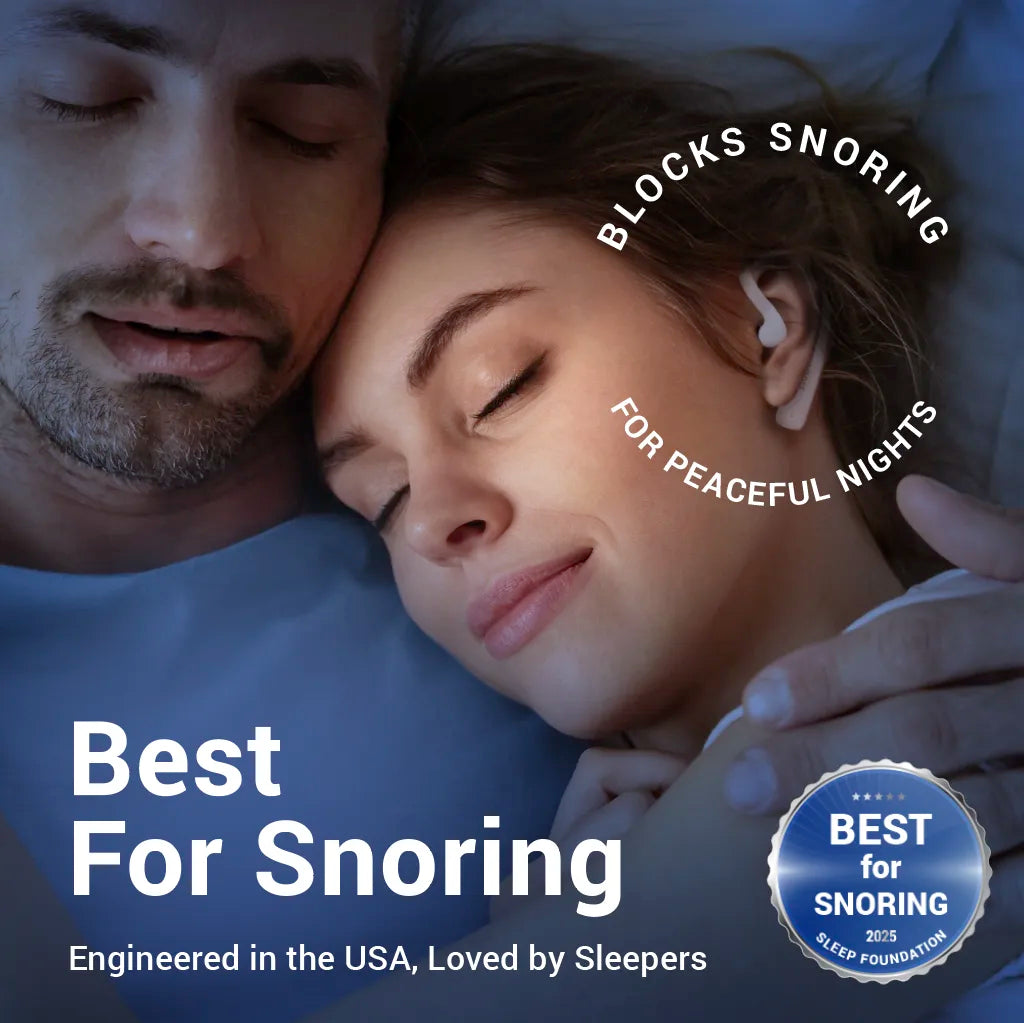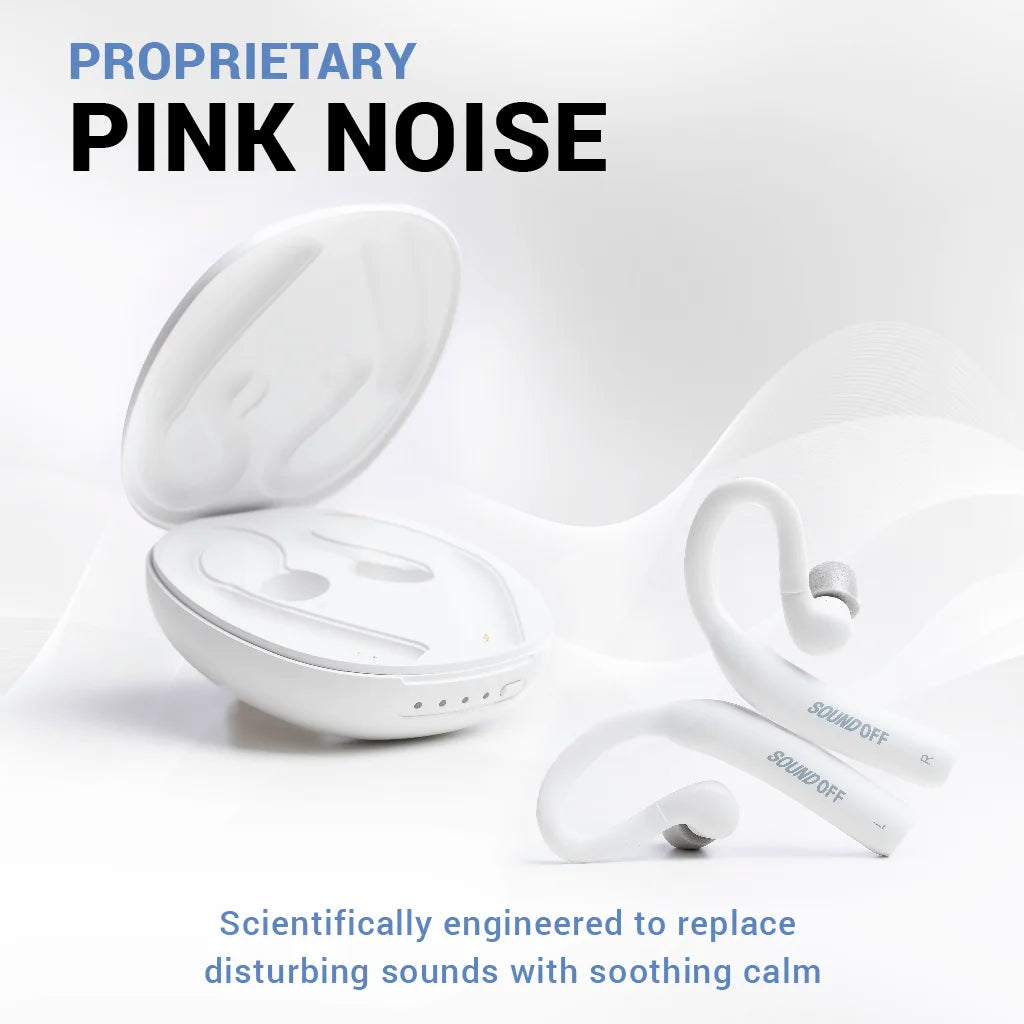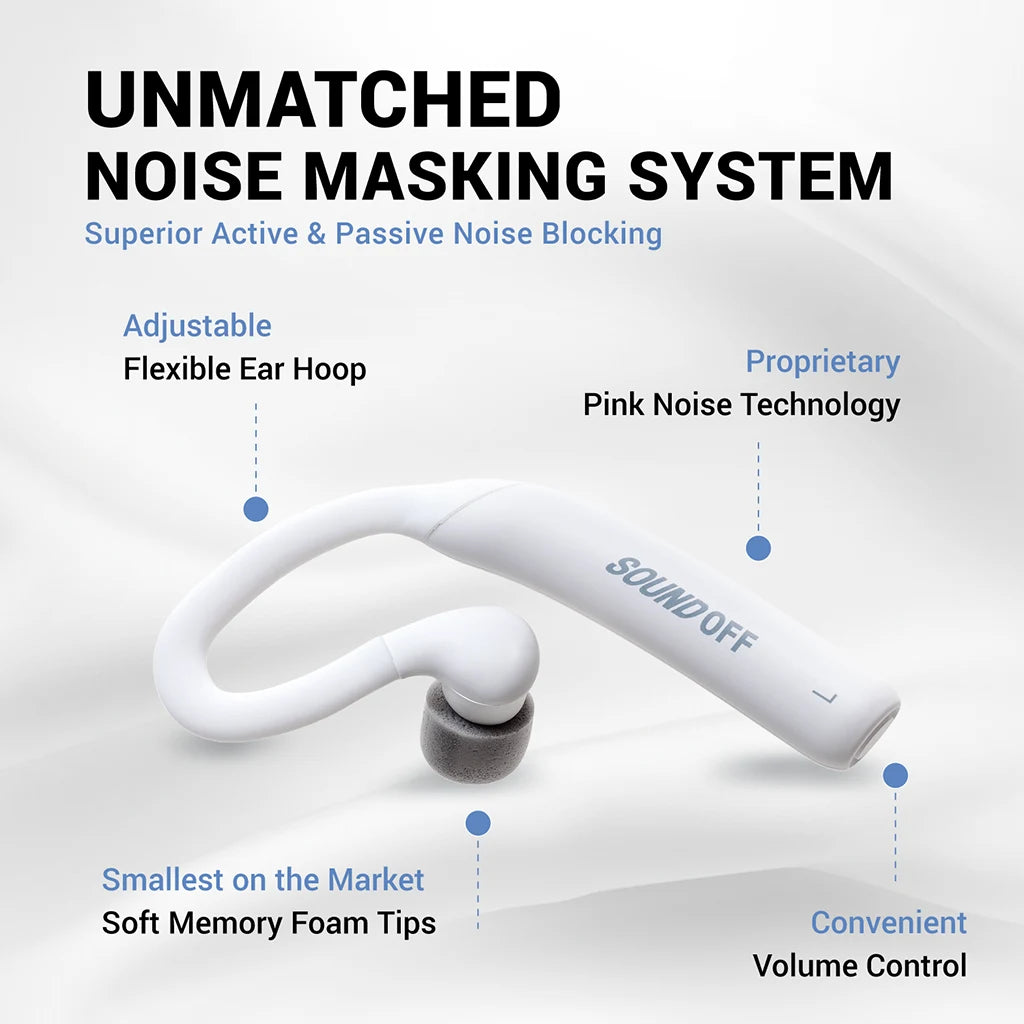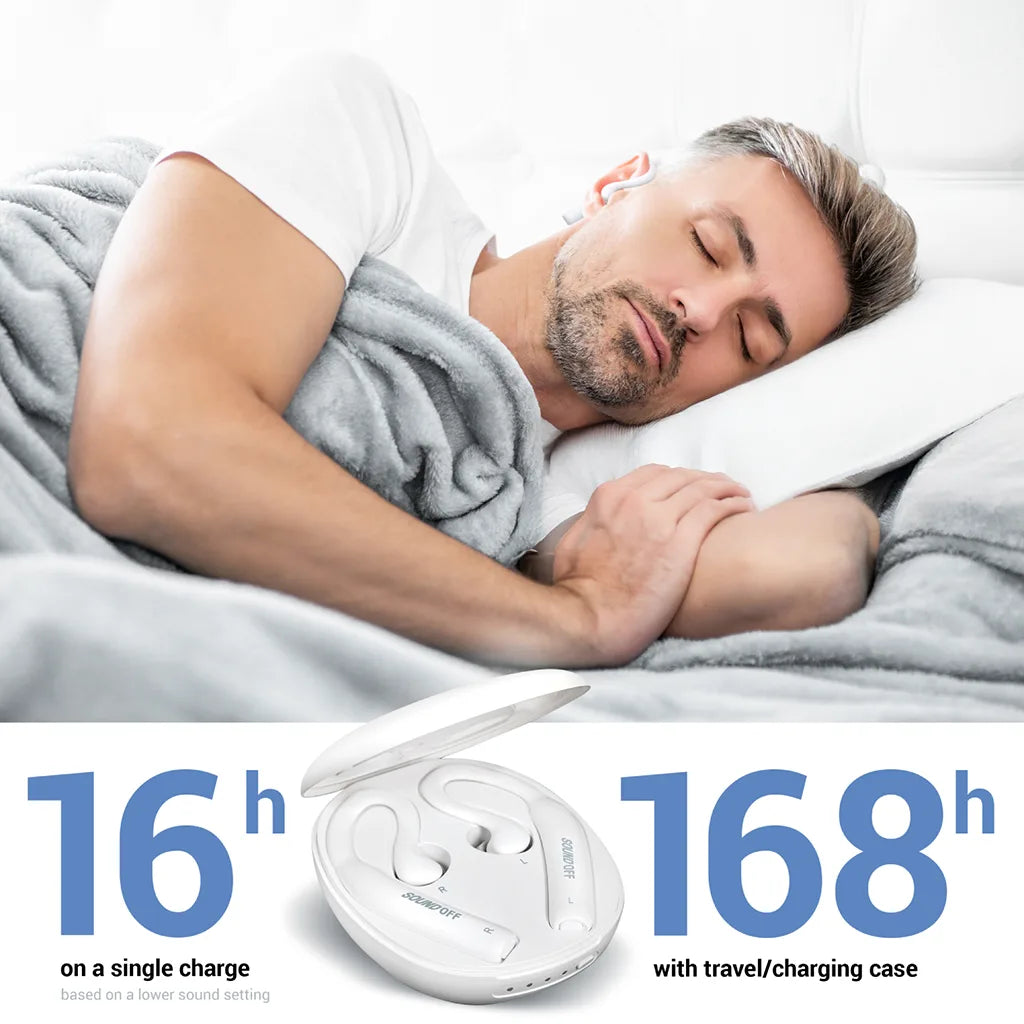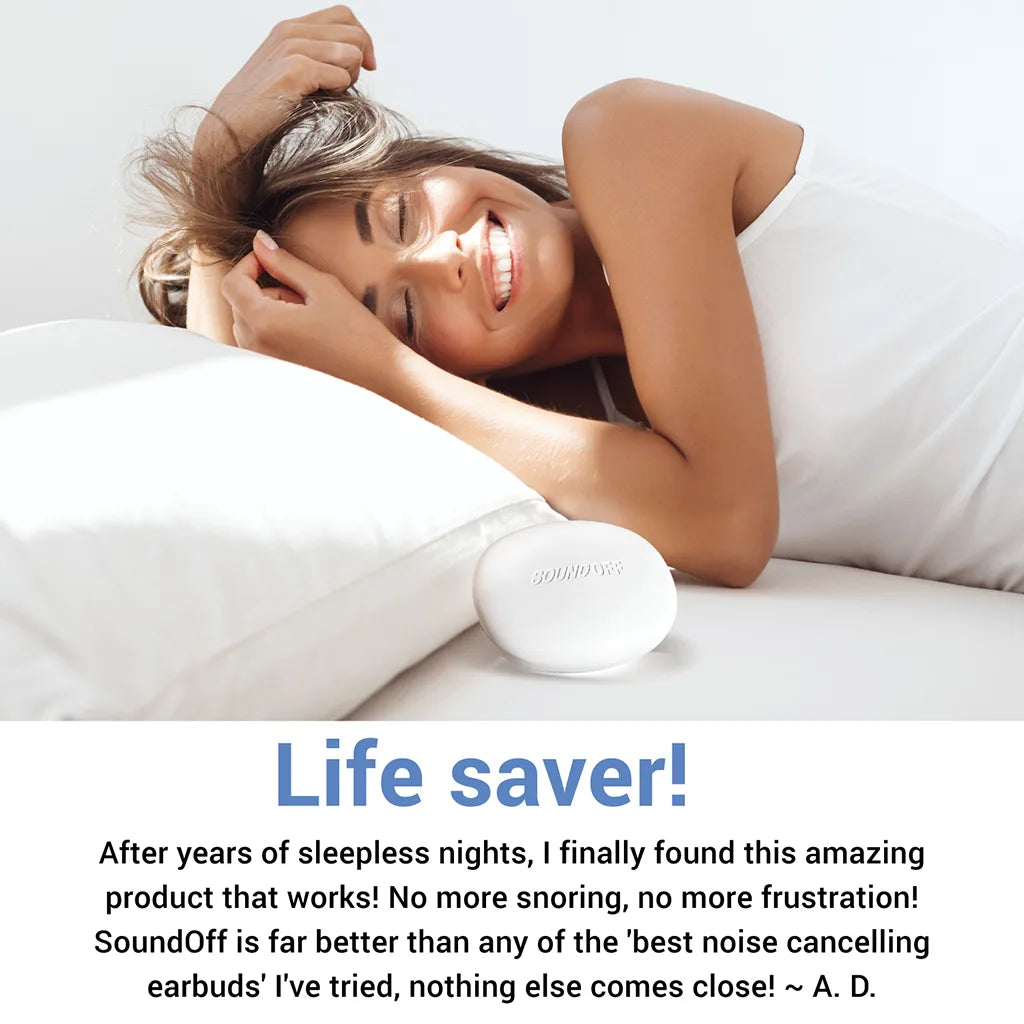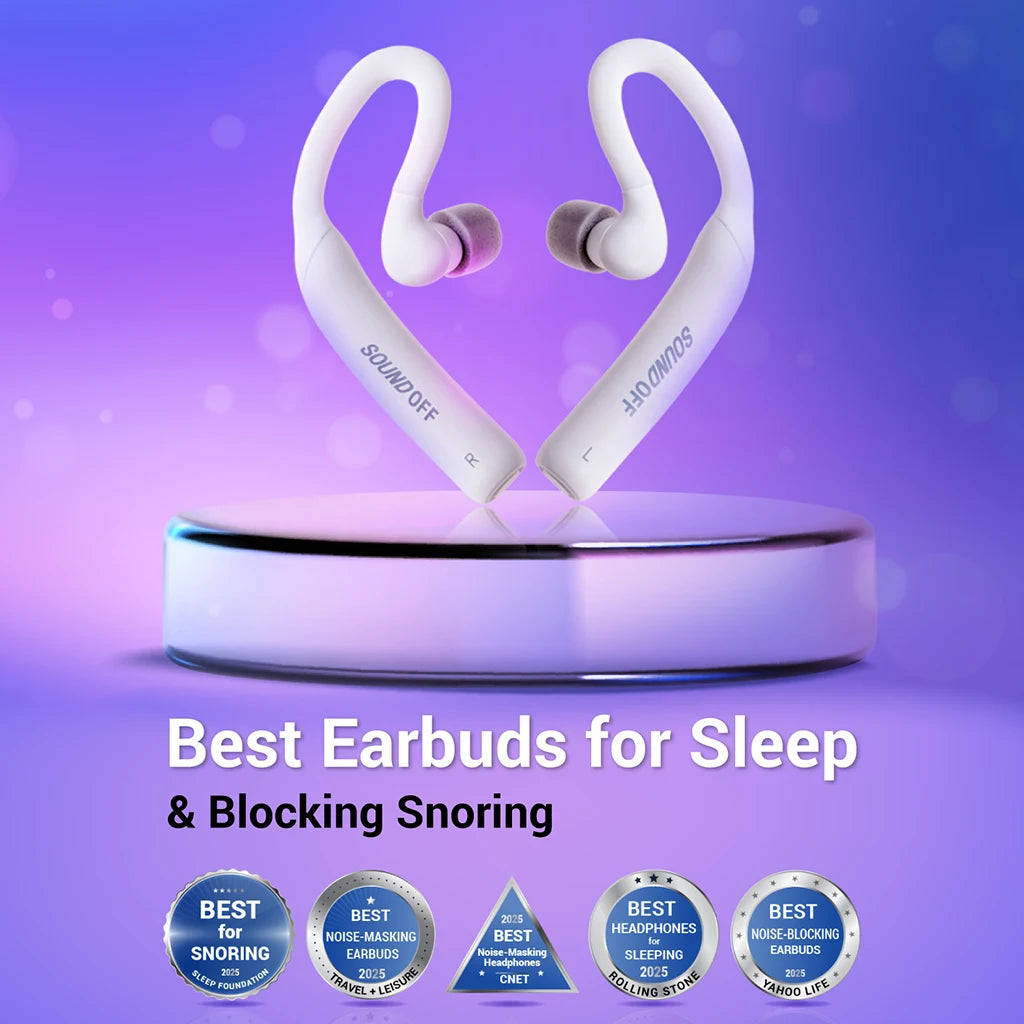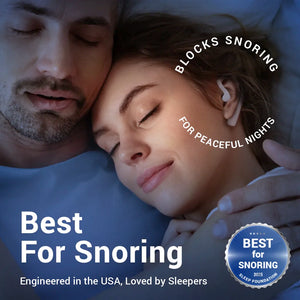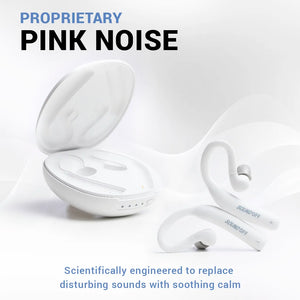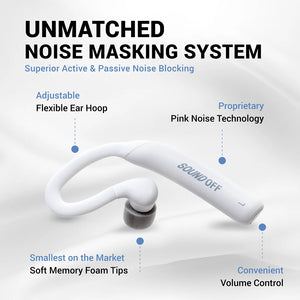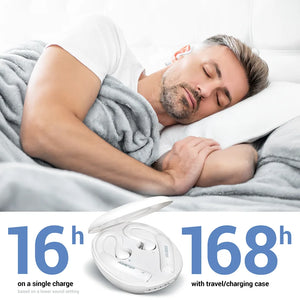
Introduction:
In an ideal world, we’d wake up each day happy, alert, and ready to tackle our days with enthusiasm. Too often though, our bodies are awake, while our brains are still snoozing. This altered state is referred to as Sleep Inertia and its effects can last from a few minutes to several hours—making us feel dazed—or even hungover. The wake-up process is part of our sleep cycle and sets the course for the day ahead, so before addressing the stages of sleep and why they matter, let’s first look at how we can wake up better.
What causes sleep inertia?
1.—Sleep loss or sleep deprivation.Wake up alarms pretty much guarantee a degree of sleep deprivation—How can you feel fully rested if something is yanking you out of your sleep? Other noises, room temperature, or an uncomfortable bed may also wake you. Limiting sleep interruptions can help you avoid your morning fogginess.
2.—Waking up while in Stage 3 or 4 deep sleep.Deep sleep is critical to achieving physical and mental restoration during sleep time. Being awakened during this key sleep stage reduces sleep benefits by increasing stress responsivity—and decreasing cognitive function and performance abilities.
3.-Disrupted circadian rhythms. If your natural biorhythms are out of sync, you’re more likely to experience sleep inertia. Work with your chronotype so you’re in sync with the best wake-up time for your individual chronobiology.
Another cause may be what’s known as idiopathic hypersomnia which is characterized by sleeping more than 12 hours in a 24-hour period, without a known medical reason. Sleep inertia experienced with this condition is referred to as sleep drunkenness. It can last up to 4 hours and is often accompanied by confusion and slurred speech.
What sleep inertia does
Our brains need time to boot up in the morning—until they do, our cognitive ability and motor skills… well, let’s just say it’s not all-systems-go. In effect, sleep inertia knocks out the brain’s working memory. Your ability to focus, reason, or use tools safely, may be unattainable. Personally, it’s like my brain is buffering—or if it’s bad enough… like I’ve crashed and lost all the data.Thankfully, this doesn’t happen often, but I have to say, it can be downright frightening.

Ever feel like waking up is the most difficult task you face?
Sleep inertia is distinctly different from wakefulness and manifests as sleepiness, confusion, and performance impairments.
And the main trouble is, we don’t fully recognize just how impaired we are—putting us at risk for poor decisions and possible injury.
Sleep inertia is in fact, no laughing matter. This is especially true for folks who need to reach a high state of alertness first thing upon waking—like healthcare workers, military personnel… and drivers of automobiles. If you’re not among the first two, you’re highly likely among the third. Drowsy drivers mirror symptoms of intoxicated drivers.
Blurred vision, slower reflexes, poor decision-making… and, like drunk drivers, drowsy drivers think they’re in better condition than they are. The result? 20% of all car accidents include a drowsy driver. Be sure to pull off the road when you’re too sleepy or foggy headed to be driving
How to start waking up better?
Stop interrupting your sleep stages!
The intensity of your grogginess depends on the sleep stage you’re in when the alarm starts ringing. It’s best to avoid the alarm going off during Stage 3 or 4 delta wave sleep as it will take longer to recover from the inertia. To that end, sleep expert, Dr. Michael Breus, PhD, suggests trying one of these timing tricks:
- A sleep monitor to track your pulse— it will wake you within a 30-minute window of Stage 1, Stage 2, or REM sleep.
- Expose yourself to direct sunlight upon waking—it will wake up your prefrontal cortex, so you’re more alert.
- Get your adrenal hormones flowing—gently stress your system with a cold shower or a few push-ups.
Do not make coffee your go-to solution. Caffeine will give you an adrenaline hit—but you’ll build up a tolerance over time and need more and more of it to get the same effect. Get outside for a quick walk in the sunshine instead.
Break up with your alarm clock!Start waking up more naturally by leaving your window covering slightly open…
Or you can also try simulating morning light with a sunrise alarm.

Addressinglifestyle changes can also help with sleep inertia...
- Be mindful of your sleep hygiene practices.
- Make it a priority to maintain a consistent sleep/wake schedule.
- Stop waking up to the sound of an alarm clock.
- Avoid foods and substances that interfere with sleep.
- Address any anxiety or depression with a mental health professional.
- Limit daytime naps to no more than 30 minutes
- Try soothing pink noise to relax your brain and block out disruptive sounds.

Wake up to a better You!
You can fall asleep easily and sleep soundly through all your sleep stages with SoundOff.
Our soothing pink noise earbuds are just what you need to wake refreshed and energized—every day!
When to be concerned...
If you’re experiencing Sleep Inertia occasionally, lasting 30-60 minutes, you’re in the normal zone. If, however, episodes are becoming more frequent—or seem to be getting more severe, it could be caused by a shift-work-schedule, sleep apnea, or other sleep disorders.
*It might also be that your sleep inertia itself is causing a sleep disorder. Working with a sleep specialist can help you get your sleep back on track.
Sleep Stages Overview
Our bodies cycle through two phases of sleep each night:
1.—Rapid Eye Movement (REM) sleep
2.—Non-Rapid Eye Movement (NREM) sleep
NREM sleep is further divided into three stages, N1—N3. Each phase and stage of sleep includes variations in muscle tone, brain wave patterns, and eye movements.
The body cycles through all these stages approximately 4 to 6 times each night, averaging 90 minutes per cycle.
Sleep stage duration varies...
Time spent in each sleep stage evolves over the course of our lifetime—what doesn’t change, is that the overall amount of sleep we get decreases as our age increases. Adults 65+ awaken approximately one and a half hours earlier—and go to sleep one hour earlier— than adults in their 20’s.
But it’s not just the aging process altering our sleep. The quality of your sleep, and the time spent in each of the sleep stages, can be heavily affected by additional factors ranging from depression and circadian rhythm disorders—to medications and traumatic brain injuries.
More sleep variables...
During the several rounds of cycling through the different stages each night, we see a lack of uniformity, and this is normal. Sleep is not quite the same for a person from one night to another—nor is it the same from person to person. Changes to the length of the cycles result from a range of factors, but these three are common:
- How old you are
- Your recent sleep patterns
- Alcohol consumption
Do men and women sleep the same?
They do not. Men usually spend more time in stage N1 sleep and experience more nighttime awakenings. This puts them at risk for being extremely sleepy during the daytime.
Women maintain slow-wave sleep longer than men and are more likely to have a hard time falling asleep. Additionally, daytime sleepiness increases during pregnancy and the first few months after giving birth.
Cellular sleep contributors
Biological factors also affect the way we sleep—some are more helpful than others. These cellular factors support sleep cycles by inhibiting sleep interruption and by stimulating alertness when it’s time to wake up...
For sleep promotion
GABA is the primary inhibitory neurotransmitter of the central nervous system. Activation of GABA-a receptors aid sleep. Our sleep gets a boost when sleep-promoting neurons in the anterior hypothalamus release GABA, which inhibits wake-promoting regions in the hypothalamus and brainstem.
Adenosine also promotes sleep by inhibiting wakefulness-promoting neurons localized to the basal forebrain, lateral hypothalamus, and tuberomammillary nucleus.
For wakefulness-promotion:
A variety of Neurochemicals help maintain our waking state. These include acetylcholine (ACh), glutamate, and orexin, which affect wakefulness in the following ways…
- The most important ACh neurons involved with the sleep-wake cycle are found in the pons and basal forebrain. These areas are important for the initiation of REM sleep. ACh levels are at their highest during REM sleep and waking states.
- Glutamate is important to a variety of areas of the sleep-wake cycle—including sleep duration. It also helps regulate both REM sleep and wakefulness.
- Orexin is linked to arousal and wakefulness. The most common type of narcolepsy is caused by a loss of orexin through the destruction of orexin producing cells. It is believed to regulate many different systems involved with sleep, and to stabilize both awake and sleep states. Orexin also integrates different influences such as metabolic rate, circadian rhythms, and sleep debt.to decide whether the body should be in a sleep or wake state.
The 4 Sleep Stages
Stage N1
During this first stage of sleep, we transition from wakefulness into light sleep which lasts approximately five minutes. Entering Stage N1, brain waves begin to slow to 4-7 cycles per second. Our body temperature begins to drop, muscles become relaxed, and our eyes often move slowly from side to side.
In stage N1 sleep we lose awareness of our surroundings but are easily awakened. That said, not everyone’s Stage N1 sleep is the same. For instance, one person might recall being drowsy—another might describe having been asleep.
Stage N2
Next, we enter the first stage of real sleep—which will last from 10 to 25 minutes. Eyes are still, in this stage, and your heart rate and breathing are slower than when you're awake. The brain’s electrical activity is irregular during this stage of sleep. Approximately one half of your sleep time each night is spent in N2 sleep.
Stage N3
Now we enter deep sleep, or slow-wave sleep. In this sleep stage, our breathing becomes more regular. Blood pressure drops, and pulse slows to about 20% to 30% below our waking rate. During this sleep stage, our brains are less responsive to external stimuli, and we’re less easily awakened. We’re now in the renewal and repair stage of sleep.
In the beginning of Stage N3 sleep, the pituitary gland releases growth hormone which stimulates muscle repair and tissue growth. Studies have also shown an increase in blood level substances that activate the immune system to help the body fight off infection.
This deep sleep stage is also believed to be significant in restoring alertness and plays an important role in one’s optimal functioning.
REM Sleep
REM sleep is where we go to dream. It has been referred to as “an active brain in a paralyzed body.” This is due to the way your eyes dart back and forth behind closed lids. During this sleep stage, your body temperature rises, blood pressure increases, and breathing and heart rate elevate to daytime levels.
The sympathetic nervous system, which creates the fight-or-flight response, is twice as active as it is when you’re awake. However, your body barely moves, other than intermittent twitches. Scientists believe REM/Dreaming Sleep restores your mind in the same way that Deep Sleep restores your body. Studies have conclusively shown REM sleep facilitates memory and learning.
We typically enter the REM stage of sleep 3-5 times per night, or approximately every 90 minutes. The first time usually lasts only a few minutes, but REM sleep time progressively increases over the course of the night; reaching up to half an hour.
What’s known as “REM rebound” occurs when an REM deprived sleeper is finally allowed a night of undisturbed sleep. The sleeper enters the REM stage earlier and spends a higher percentage of sleep time in REM sleep.
On average, the first sleep cycle is typically the shortest, and ranges from 70 to 100 minutes.The later cycles tend to fall between 90 and 120 minutes. Along the way, there are fluctuations in the amount of time spent in each of the sleep stages.

Why sleep stages matter
Our body's natural chronobiology is regulated by structures in the brain that let us know when to fall asleep and when to wake up. We progress through the four unique physiological sleep stages each night during sleep and each of these sleep stages play a significant role in keeping our minds and bodies healthy.
When we fail to get enough of both Deep Sleep and REM sleep, we see consequences in our moods, immunity, and overall quality of life. Be sure to make sleep a priority—your mind and body will thank you!
Until next time…
Wishing you sweet dream sleep!







